The policy of merging, rearranging administrative units, and building two-level local governments that the Party and the State are implementing aims to streamline the apparatus and improve the effectiveness of state management. Mergers can help optimize resources, reduce overlap in management, and create conditions for development. However, for urban areas that have been formed and developed for hundreds of years, and possess profound historical and cultural values, this also raises many concerns.
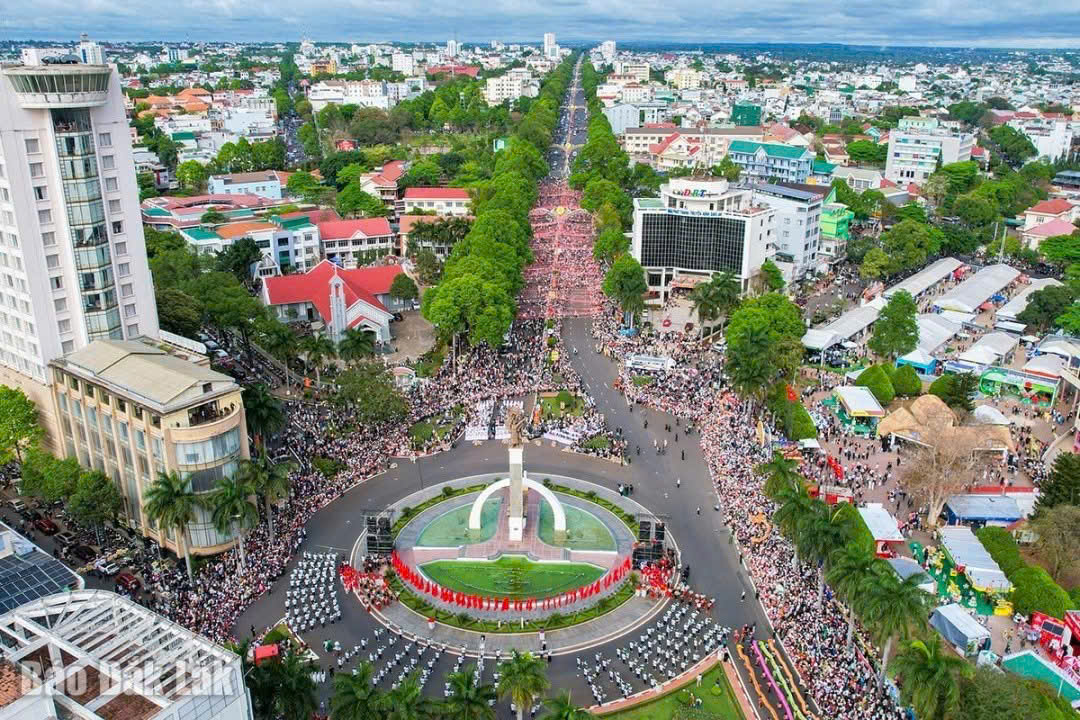 |
| Ban Me Six-Way Junction. Photo: Hoang Gia |
As the economic, cultural and social center of a region, where many marks of time are preserved, from architectural works, traditional festivals to the lifestyle and customs of the people, when the district level no longer exists, will these "hundred-year reputations" fade away in a new administrative structure? The unique identity of each locality, the stature of the urban reputation with cultural and historical heritages, will they be cared for, preserved and developed properly, worthy of their stature... Therefore, when cities with familiar names such as: Hoa Lu, Phu Ly, Da Lat, Nha Trang, Hoi An, Vung Tau, Buon Ma Thuot, Sa Dec, Long Xuyen... are expected to become "wards", many people feel regretful.
On January 24, 2022, the Politburo issued Resolution 06-NQ/TW on planning, construction, management and sustainable development of Vietnamese urban areas to 2030, with a vision to 2045 (Resolution 06). This is the first thematic resolution with a strategic vision, demonstrating the Party's interest in urban planning and development in the process of integration and globalization; it is an important political basis for the emergence of new mechanisms and policies, creating momentum for urban development, contributing to promoting rapid and sustainable socio-economic development. In particular, the general goal set out in Resolution 06 is to accelerate the speed and improve the quality of urbanization, develop sustainable urban areas according to the network, and form a number of smart dynamic urban areas and urban chains connecting with the region and the world. When changing administrative levels, will the values, development space and urban upgrading goals set out in Resolution 06 be affected?
Therefore, there is an opinion that for cities with a long history and a reputation that has been established in the hearts of residents and tourists... it is advisable to maintain the existing city government and abolish the ward-level government. That means bringing the city to the grassroots level to ensure development space while the Party's policy of building a two-level local government is still effectively implemented.
In the history of administrative reform in developed countries, despite carrying out large-scale restructuring, countries have maintained and even strengthened the role of city governments as an indispensable institution in modern urban governance. This is also a very valuable opinion to refer to so that when implemented, decisions ensure comprehensiveness, truly be the driving force to promote urban areas to constantly affirm their reputation, spread national values, and continue to contribute to the development of the country.
Source: https://baodaklak.vn/thoi-su/su-kien-binh-luan/202505/dung-de-danh-tieng-do-thi-chi-con-vang-bong-a6e16a0/


![[Photo] Buddha's Birthday 2025: Honoring the message of love, wisdom, and tolerance](https://vphoto.vietnam.vn/thumb/1200x675/vietnam/resource/IMAGE/2025/5/12/8cd2a70beb264374b41fc5d36add6c3d)


![[Photo] Prime Minister Pham Minh Chinh starts construction of vital highway through Thai Binh and Nam Dinh](https://vphoto.vietnam.vn/thumb/1200x675/vietnam/resource/IMAGE/2025/5/12/52d98584ccea4c8dbf7c7f7484433af5)


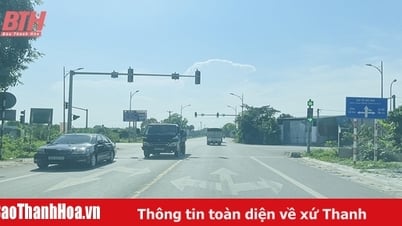
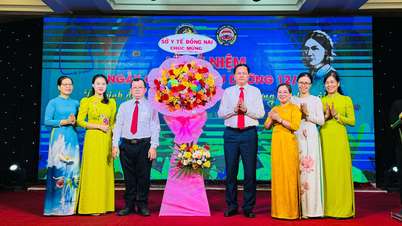
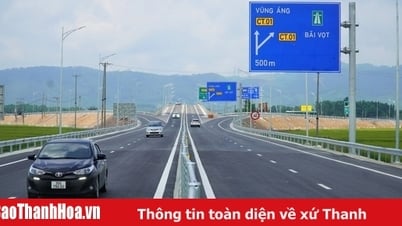








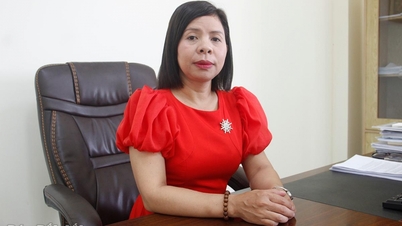
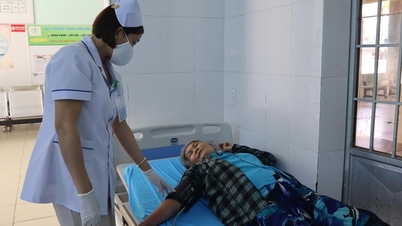












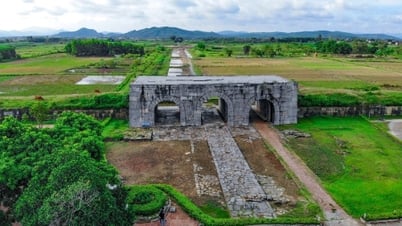












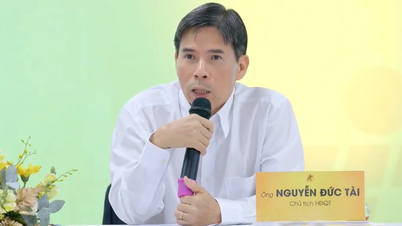








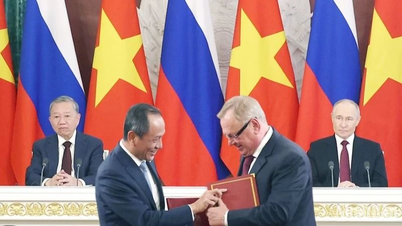








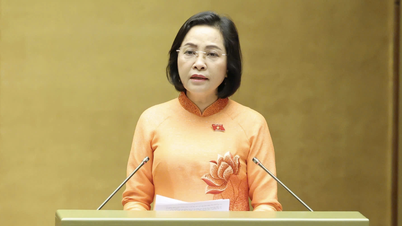





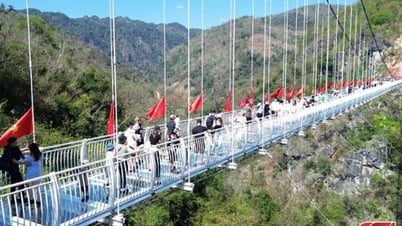

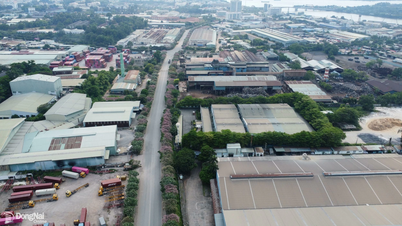















Comment (0)